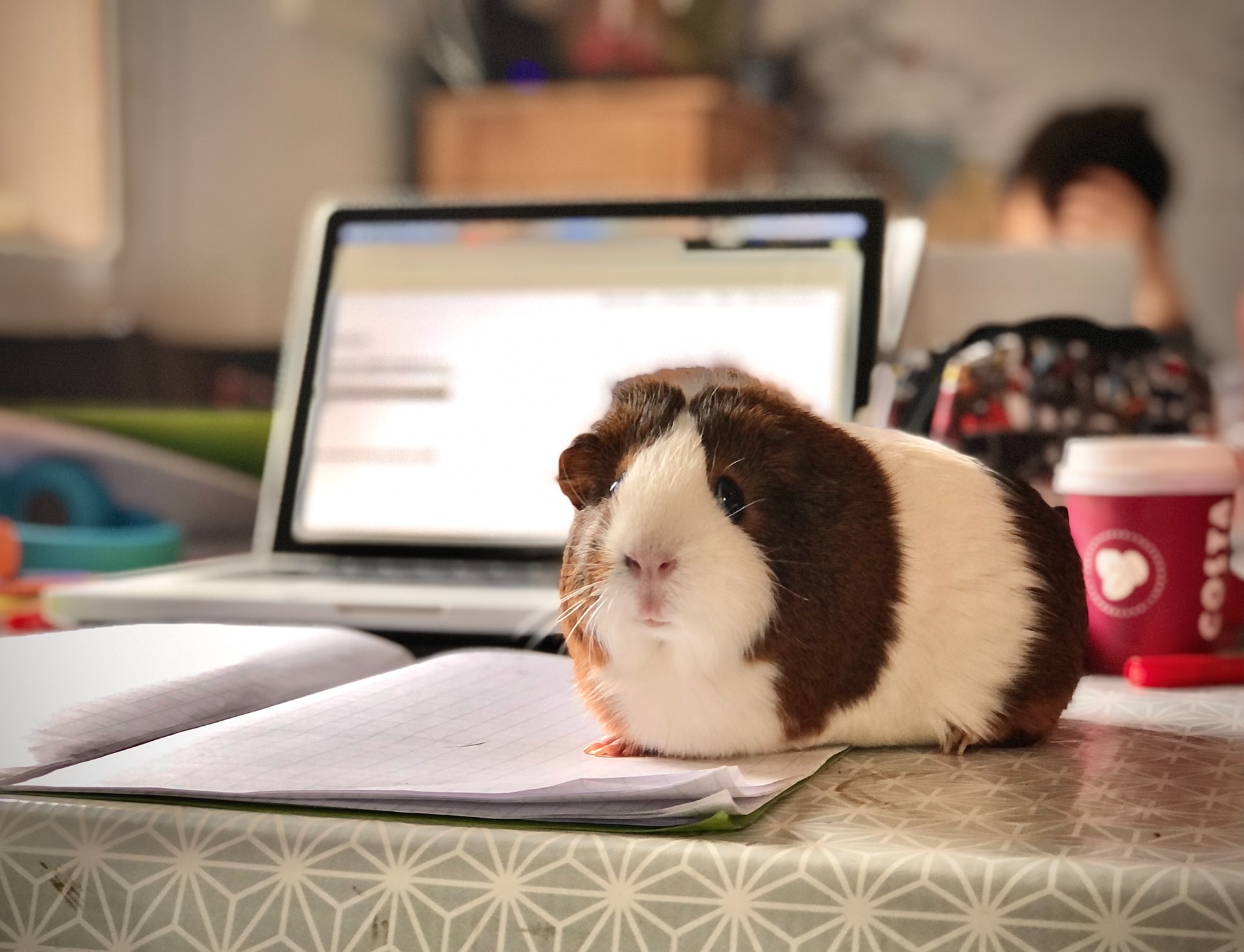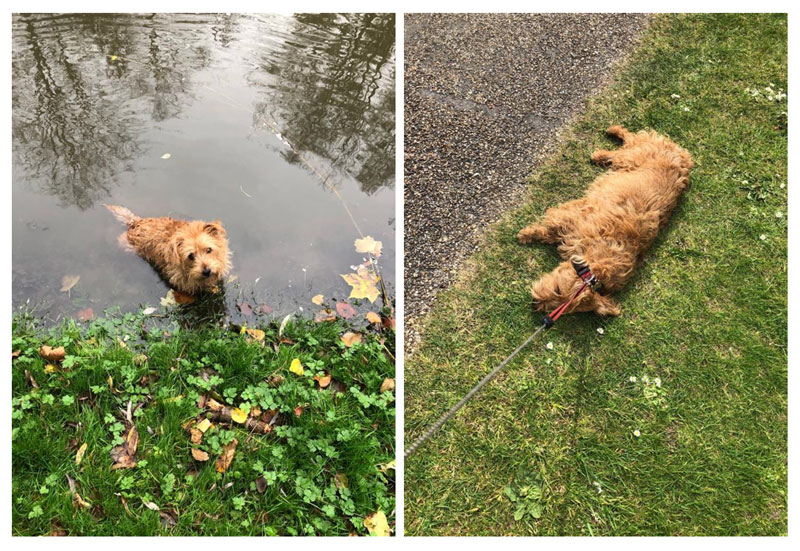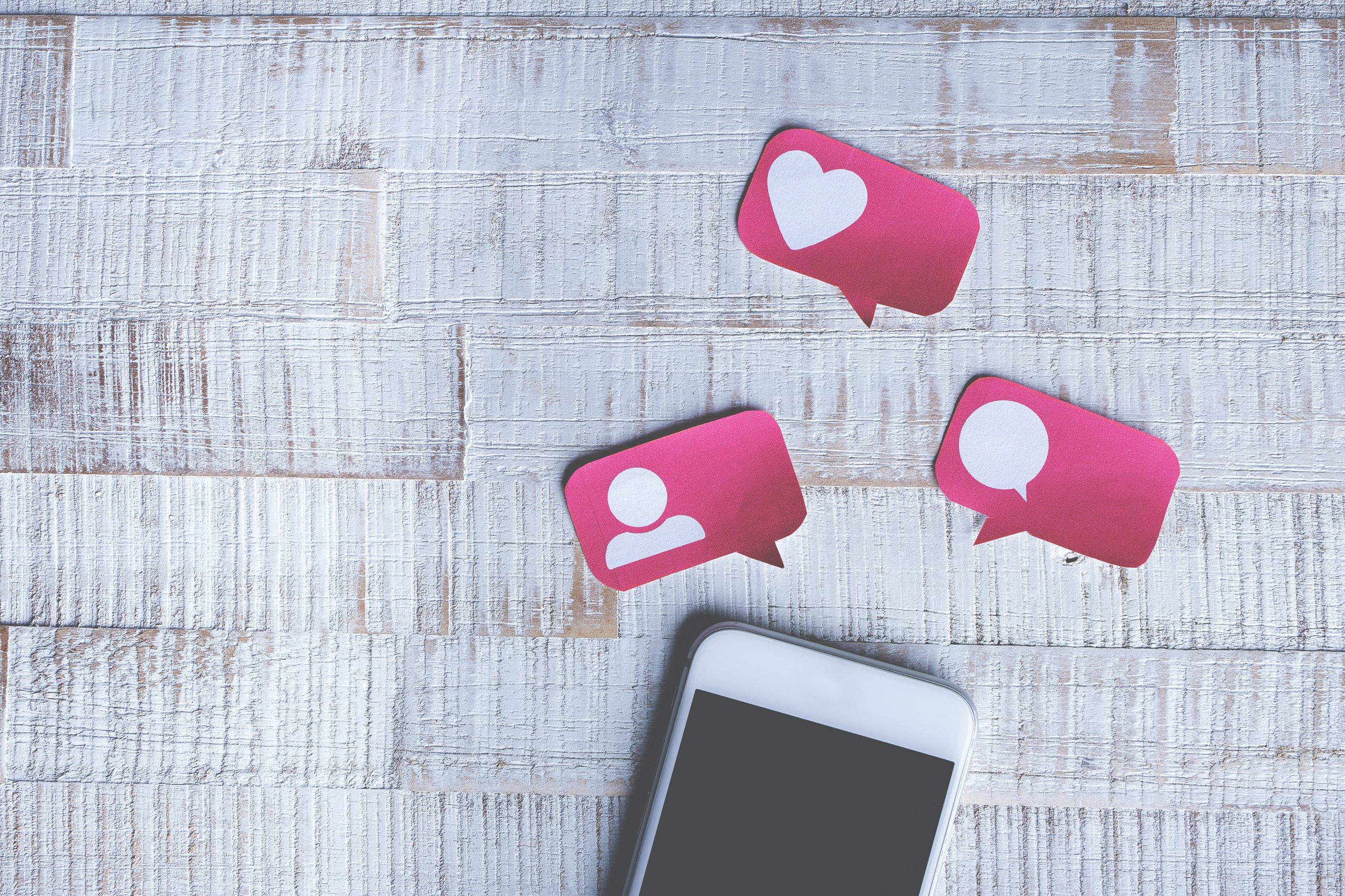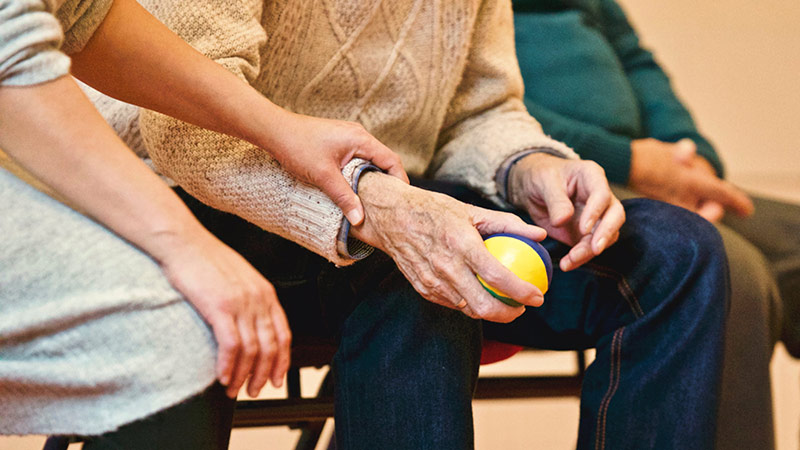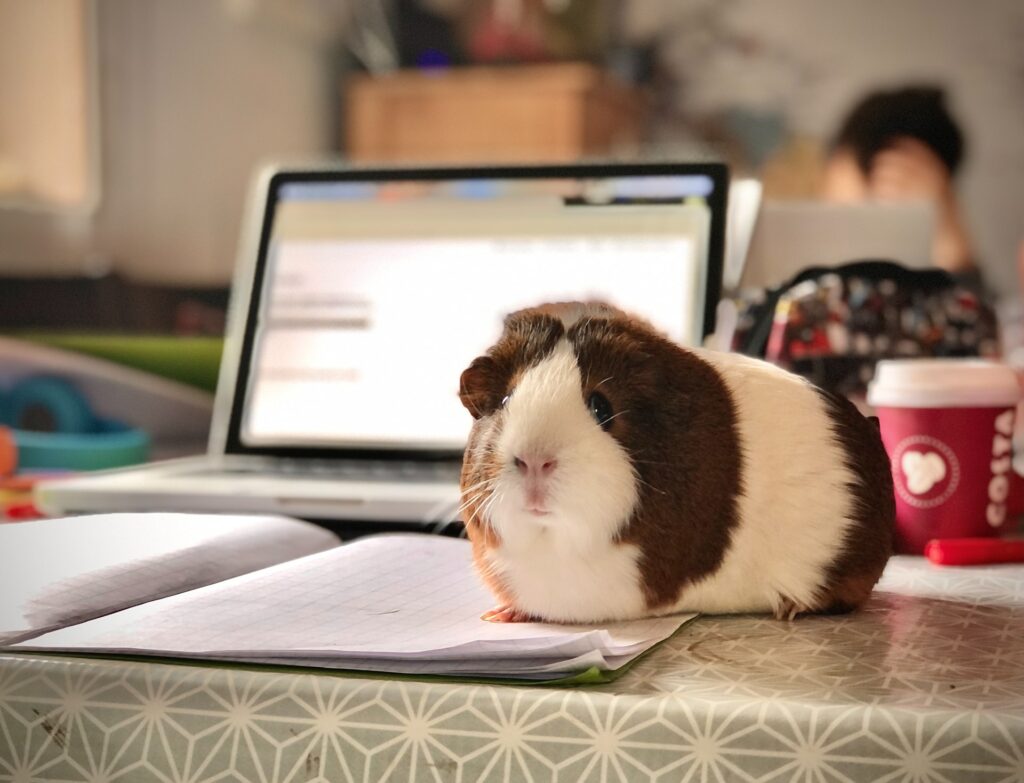
When you say the word ‘engagement’ everyone thinks about it a bit differently, probably because it is a totally subjective matter in the first place. I get immense joy from watching someone feeding 50 squealing guinea pigs on Facebook while my husband looks on emotionless, not a flicker. However, there’s no denying that mass engagement is possible, look at Handforth Parish Council, their December meeting’s ‘best bits’ has now had over 3 million views on YouTube and sparked renewed interest in local politics.
So what is it? What makes something engaging and ultimately memorable. When I thought about articulating this for a workshop I was running recently, I was swiftly taken back to the Guinness ‘Surfer’ advert, (some will remember). I was 19 at the time and utterly mesmerised – I think it was a mixture of powerful music, crazy creative and passion – I was young and full of energy and it made me want to get out there and take on the world. Interestingly the creative for that advert didn’t do that well in focus groups but the team had such a ‘profound belief’ in what they had created that they took a leap of faith and it went on to win more awards than any other commercial in 1999 and in 2002 was voted the “Best ad of all time” in a poll conducted by Channel 4 and The Sunday Times.
So what do the Guinness ad, guinea pigs and Handforth all have in common? It’s all about emotion. When we are engaged, we have an emotional response, be it happiness, sadness, frustration or anything in between. It’s not just that, it’s a clever balance of emotion and relevance. Something that presses up against our own beliefs and experiences. The Guinness advert was exciting, I was a bored teenager, ready to take on the world. Handforth….well I have actually been a Parish Councillor so enough said there, but I suspect for many the heady mixture of Vicar of Dibley style local politics alongside the shift we’ve all had to make to online meetings made it funny and relevant across the board for so many. Not to mention the plain fact that right now, we all need a good laugh.
So we need to generate an emotional response and connection but what then? Ultimately as communications professionals we are trying to effect change or action. When we consider engagement in the healthcare setting we face even more challenges, the behavioural intricacies and beliefs that sit around our individual health are layered and complex – look at medication adherence, a global issue that WHO has claimed may ‘have a far greater impact on the health of the population than any improvement in specific medical treatments’. Adherence is a hugely complex behavioural challenge, it’s not just about ‘forgetting to take a tablet’, it is a highly individualised, multi-faceted picture. Engaging a patient to create an environment for belief shift that could lead to a change in behaviour involves a matrix approach that takes into account their own personal experience and beliefs as well as external influences. For example, suffering myself from migraines, I’m more likely to engage on an emotional level as a working parent than a ‘migraine sufferer’ because I feel most frustrated about suffering from migraines when it renders me unable to play with my children or finish some work. We recognise this and factor it into the approach we take at Makara. Taking the time to benchmark our audiences at a deeper level and using this to inform our craft.
The reality is, when it comes to healthcare, if we really want to effect change we need to be a bit more honest….are we really exploring deep enough to make a difference?

